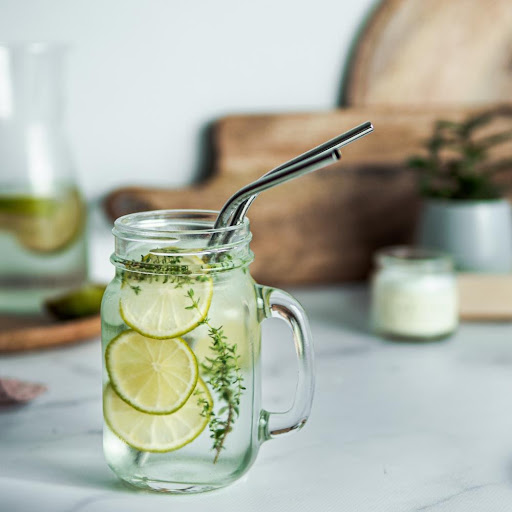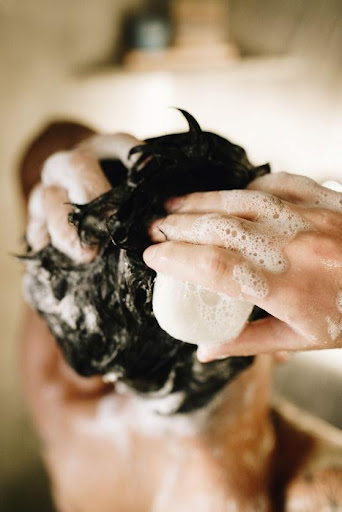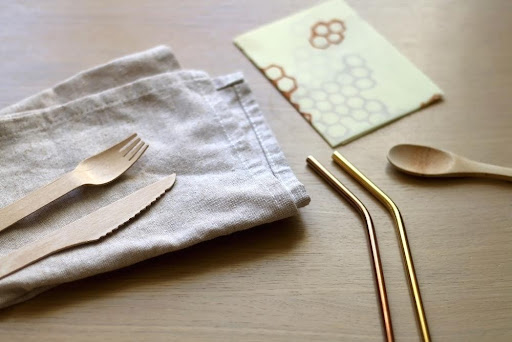Do you remember when Collins Dictionary declared “single-use” as its Word of the Year for 2018? If single-use Household Plastics products weren’t already on your radar back then, they almost certainly are now. Thanks to eye-opening documentaries like The Blue Planet and increasing coverage of the climate crisis, it’s impossible to ignore the ongoing threat of single-use Household Plastics products on the environment and human health.
Our ever-growing waste problem isn’t your fault, but you can be part of the solution. Like most American families, your home likely contains several sneaky (and not-so-sneaky) sources of single-use products. So, here are several eco-friendly replacements for single-use household plastics products that may be lurking in your home.
Table of Contents
1. Silicone bowl covers
Plastic wrap. Cling wrap. Saran wrap. Whatever you want to call it, those small pieces of plastic you use to preserve your food can have a pretty big environmental impact. Fortunately, there are many food wrap alternatives that promise to save your delicious meals without contributing to a larger plastic waste crisis. For example, beeswax wraps come in an array of stylish designs and can be used to preserve leftover sandwiches, fruits and snacks. Alternatively, if you’re vegan and want to stay away from beeswax, you can use silicone bowl covers to turn your bowls, cups and plates into instant containers.
2. Swedish cellulose dishcloths
If you feel like you’re constantly buying paper towels, you’ll love Swedish dishcloths. Typically made from 70 percent cellulose (the structural component of plant cell walls) and 30 percent cotton, these reusable dishcloths are an eco-friendly way to clean up spills and messes in the kitchen. On top of being more sustainable than forest-destroying, energy-intensive paper towels, Swedish dishcloths are also a lot more functional. In fact, some experts say that one Swedish dishcloth can clean up messes that would normally require 50 to 100 paper towel rolls!
3. Silicone or stainless steel straw
If there is a poster child for the harmful impact of single-use plastics on wildlife, plastic straws are definitely it. We mean, who hasn’t seen the video of the poor sea turtle with a plastic straw in its nose? According to one estimate, the United States alone goes through a staggering 500 million straws a day. But if you love your brightly-colored straws, don’t fret because there are plenty of reusable straws in fun colors. Thanks to their bendability, silicone straws are great for both kids and travel-related purposes. If you’re looking for a reusable straw that will stand the test of time, though, you can’t go wrong with a stainless steel straw.

4. Reusable bag
Reusable bags are becoming more popular by the day and for good reason. Most shoppers use single-use plastic bags for all of 15 minutes before throwing them away. By keeping reusable bags in your car, you can avoid bringing home an excessive number of plastic bags. And if you live in a state with a plastic bag ban, you can also avoid getting charged a plastic carryout bag fee. Just make sure to buy reusable bags that are well-made and sturdy. If your bag breaks after only 10 uses, it will only add to the growing pile of waste.
5. Shampoo bars
While not traditionally considered single-use, there’s no doubt that shampoo and conditioner bottles take a heavy toll on the environment. Much like plastic water bottles, shampoo bottles are made from fossil fuels and rarely make it to the recycling bin, which means they end up in a landfill where they never fully break down.
For an eco-friendly haircare routine, try a shampoo bar instead. These plastic-free bars are said to replace two to three traditional shampoo bottles and are typically made with plant-based ingredients that are better for your hair and the planet. Plus, they’re travel-friendly, budget-friendly and take up less space in your shower. Pair your shampoo bar with a plastic-free conditioner bar to eliminate more waste and get healthy, gorgeous locks.

6. Reusable coffee pod
Keurig, Nespresso and other single-cup coffee machines that rely on hard-to-recycle pods are terrible for the environment. Fortunately, there is a simple product that can help you get your morning caffeine fix without creating a monster of a mess for the planet. Both Keurig and Nespresso now offer reusable coffee pods that help you save money and be kinder to the environment. Simply add your own coffee grounds, seal the lid, place it in the machine and enjoy your cup of coffee without all the eco-guilt.
7. Travel mug
Prefer to get your coffee fix on the go? In that case, consider buying a cute travel mug and keeping it in your car for your next coffee run. Although many reusable cup programs were paused during the pandemic, they’re slowly starting to make a comeback. In fact, you could even get a discount on your coffee order by supplying your own cup.
8. Bamboo cotton rounds
Whether you use them to apply toner, remove nail polish or wipe away makeup, there’s no getting past the fact that single-use cotton rounds are dangerous to the planet. Not only do cotton rounds contribute a sizable amount of waste to landfills, but they also contain toxic chemicals that can pollute rivers and harm wildlife. On the other hand, bamboo cotton rounds are highly sustainable and can be reused hundreds of times, making them a better choice for the planet, your skin and your wallet!
Living a more sustainable lifestyle doesn’t have to be a zero-sum game. Just like making any other big change in life, taking small steps is key to making your sustainable habits stick for Household Plastics. These eco-friendly replacements are a great first step in the right direction!

